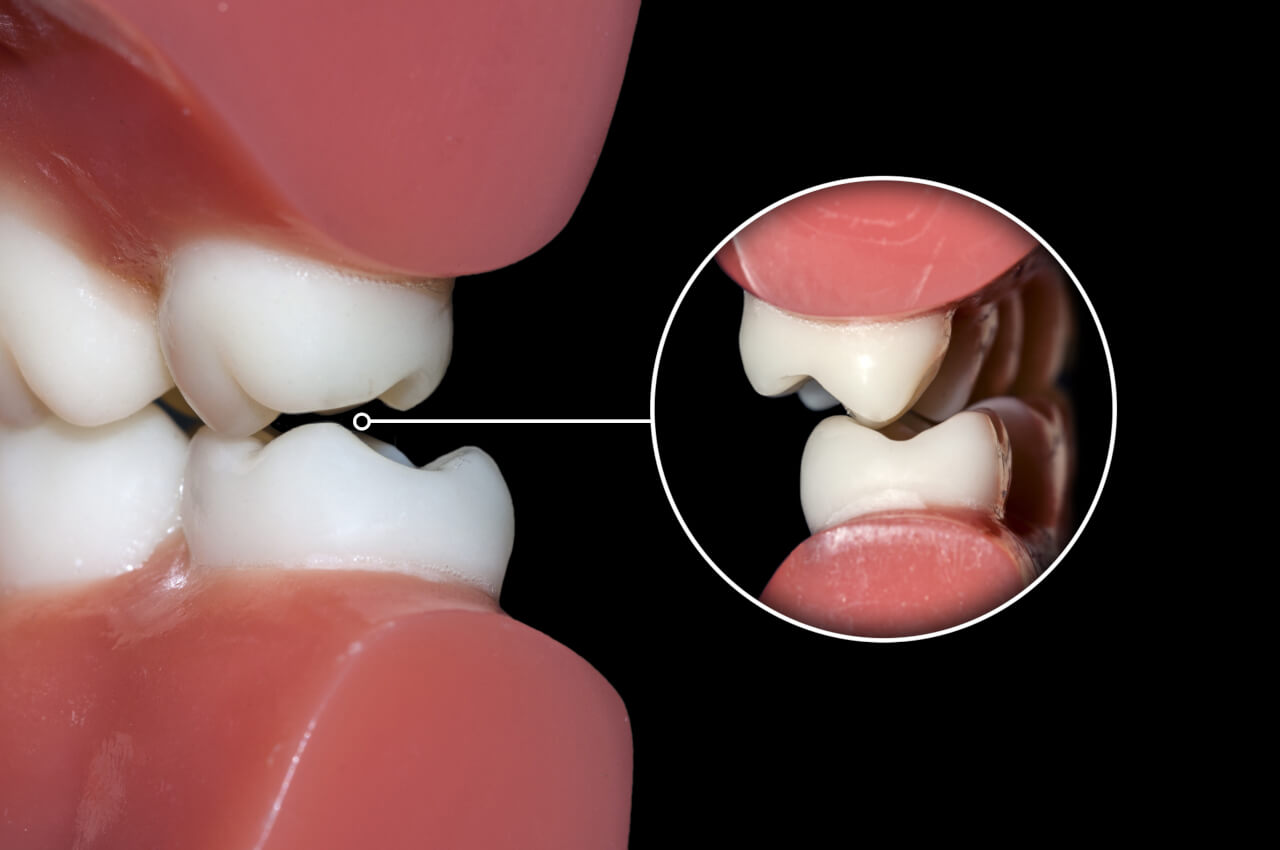Teeth occlusion is the way the teeth and the jaw sit together or how the lower and upper rows of the teeth contact with one another. Specifically, it is the relationship between the lower teeth or mandibular and upper teeth or maxillary when they meet with one another, like when chewing your food or when you close the mouth. The way the teeth are being put together assists in the way one smile, eat and speak.
 You can have the overbite, perfectly aligned, or underbite teeth. Ensuring you have a right occlusion is part of the orthodontic therapy which can be part of a job description of the dental orthodontist. Whenever there is the misalignment with the occlusion, it will make the face and jaw muscles work harder, resulting to bite problems and other problems. If you are having dental occlusion problems, the following complications can result in teeth problems, sensitive teeth, fractured teeth, wobbly teeth, neck aches, bodily problems, and headaches. Also, the problems can be muscle tension, pain behind the eyes, and also pain in a jaw joint. For this issue, you can go to this link.
You can have the overbite, perfectly aligned, or underbite teeth. Ensuring you have a right occlusion is part of the orthodontic therapy which can be part of a job description of the dental orthodontist. Whenever there is the misalignment with the occlusion, it will make the face and jaw muscles work harder, resulting to bite problems and other problems. If you are having dental occlusion problems, the following complications can result in teeth problems, sensitive teeth, fractured teeth, wobbly teeth, neck aches, bodily problems, and headaches. Also, the problems can be muscle tension, pain behind the eyes, and also pain in a jaw joint. For this issue, you can go to this link.
There are various types of dental occlusion which include:
-
Static Occlusion
This is the contact between the mandibular and maxillary teeth when there is a stationary jaw and also closed.
-
Dynamic Occlusion
The dynamic occlusion is even known as articulation. In this type of dental occlusion, there is no tooth contact, which is between the sides of the chewing teeth.
-
Centric Occlusion
The centric occlusion is an opposing teeth occlusion which the mandible is in centric. It is a first tooth contact that can or cannot correspond with the maximum intercuspation or ISP. Likewise, this is referred to as intercuspation position, habitual bite, or a bite of convenience. This should not be confused with the centric relation as it is a relationship between the maxilla and mandible.
